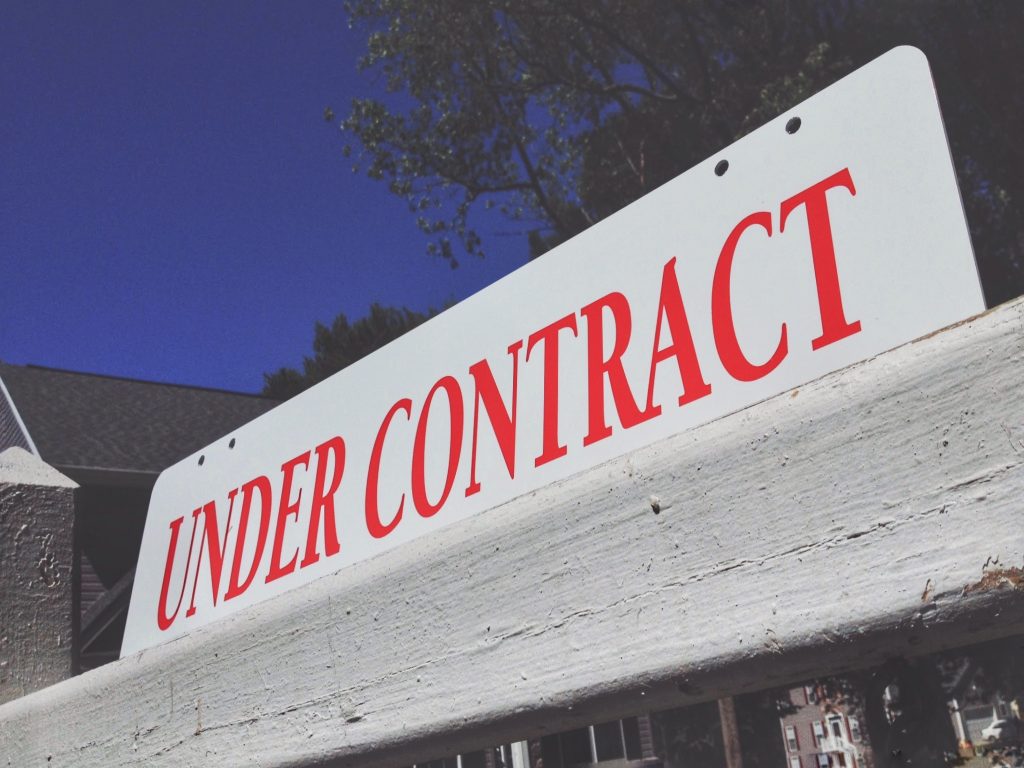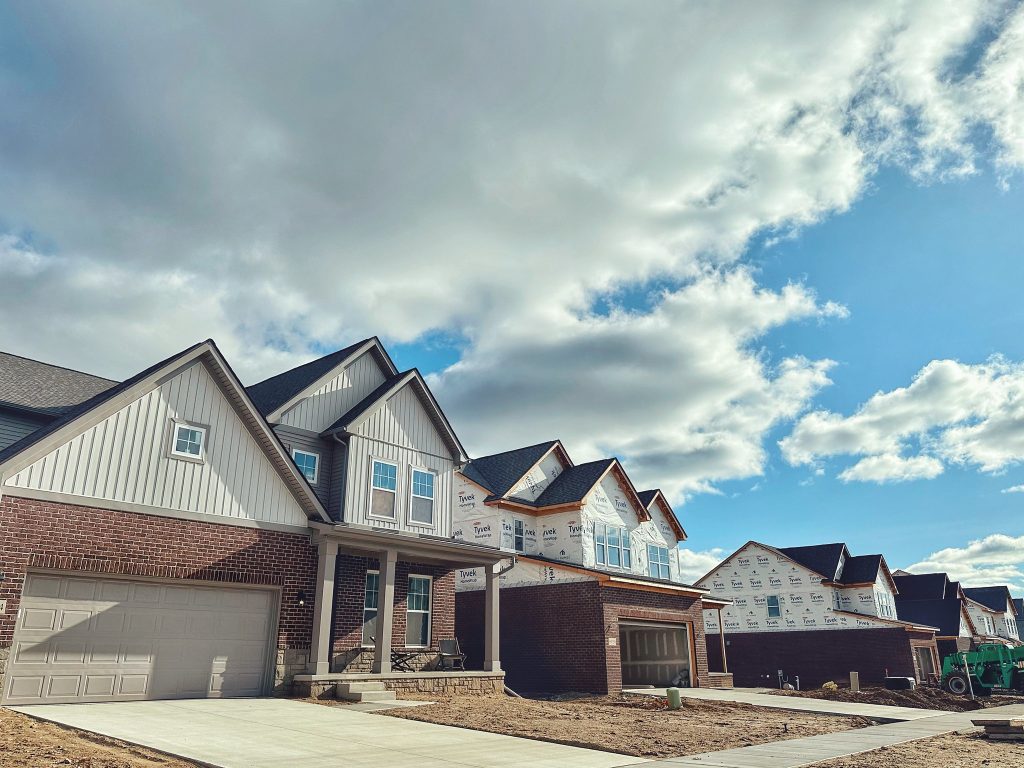Fannie Mae’s monthly Home Purchase Sentiment Index is based on a survey of Americans which asks for their opinions about the housing market and overall economy. Specifically, respondents are asked whether they think now is a good time to buy or sell a home, whether they think prices and mortgage rates will rise or fall, and about their personal financial situation and job security. The most recent release finds respondents increasingly optimistic. In fact, the index was up two points in February, its third consecutive monthly improvement. It now sits at its highest level in nearly two years. Doug Duncan, Fannie Mae’s senior vice president and chief economist, says respondents are most optimistic about selling. “Consumer attitudes toward home-selling conditions increased markedly in February, with current homeowners, in particular, expressing greater optimism that it’s a ‘good time to sell,’ a development that may foreshadow an upcoming increase in existing home listings,” Duncan said. “Additionally, despite the recent uptick in rates, consumers remain relatively optimistic that mortgage rates will decrease over the next 12 months.” (source)













